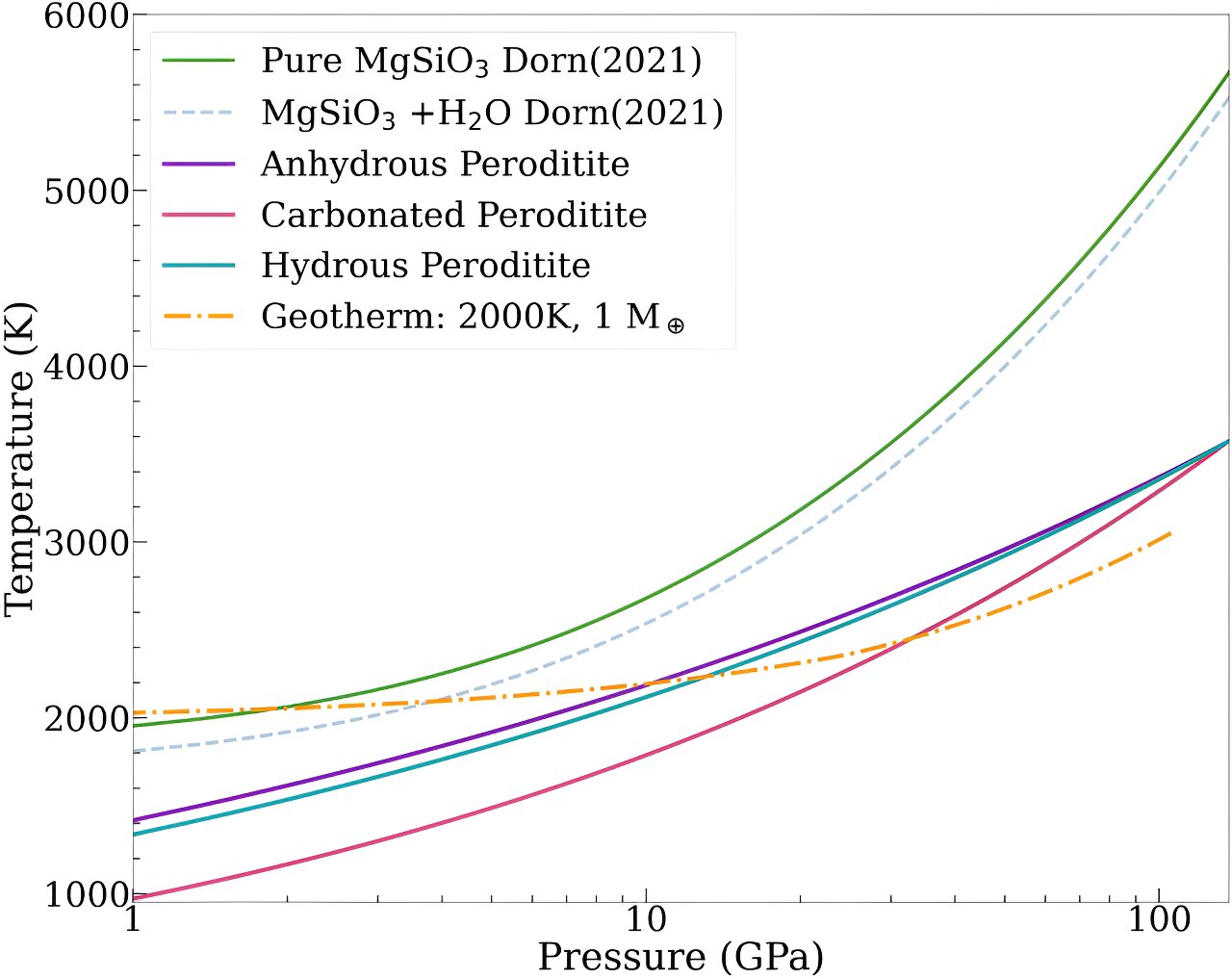Lava worlds, massive exoplanets home to sparkling skies and roiling volcanic seas called magma oceans, are distinctly unlike the planets in our solar system.
To date, nearly 50% of all rocky exoplanets yet discovered have been found capable of maintaining magma on their surfaces, likely because these planets are so close to their host stars they orbit in fewer than 10 days. Being so close causes the planet to be bombarded by harsh weather and forces surface temperatures to the extreme, making it all but completely inhospitable to life as we know it today.
Now, in a new study, scientists have shown that these sweeping molten oceans have a large influence on the observed properties of hot rocky Super-Earths, such as their size and evolutionary path.
Their research, published recently in The Astrophysical Journal, found that due to lava’s extremely compressible nature, oceans of magma can cause lava-rich planets without atmospheres to be modestly denser than similarly sized solid planets as well as impact the structure of their mantles, the thick inner layer that surrounds a planet’s core.
Even so, since these objects are notoriously under-studied, it can be a difficult task to characterize the fundamental workings of lava planets, said Kiersten Boley, lead author of the study and a graduate student in astronomy at The Ohio State University.
2023-09-26 22:00:04
Post from phys.org





















